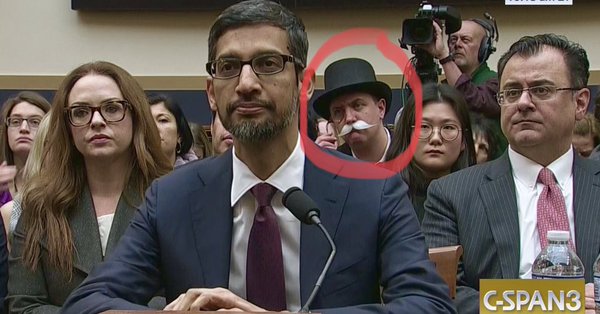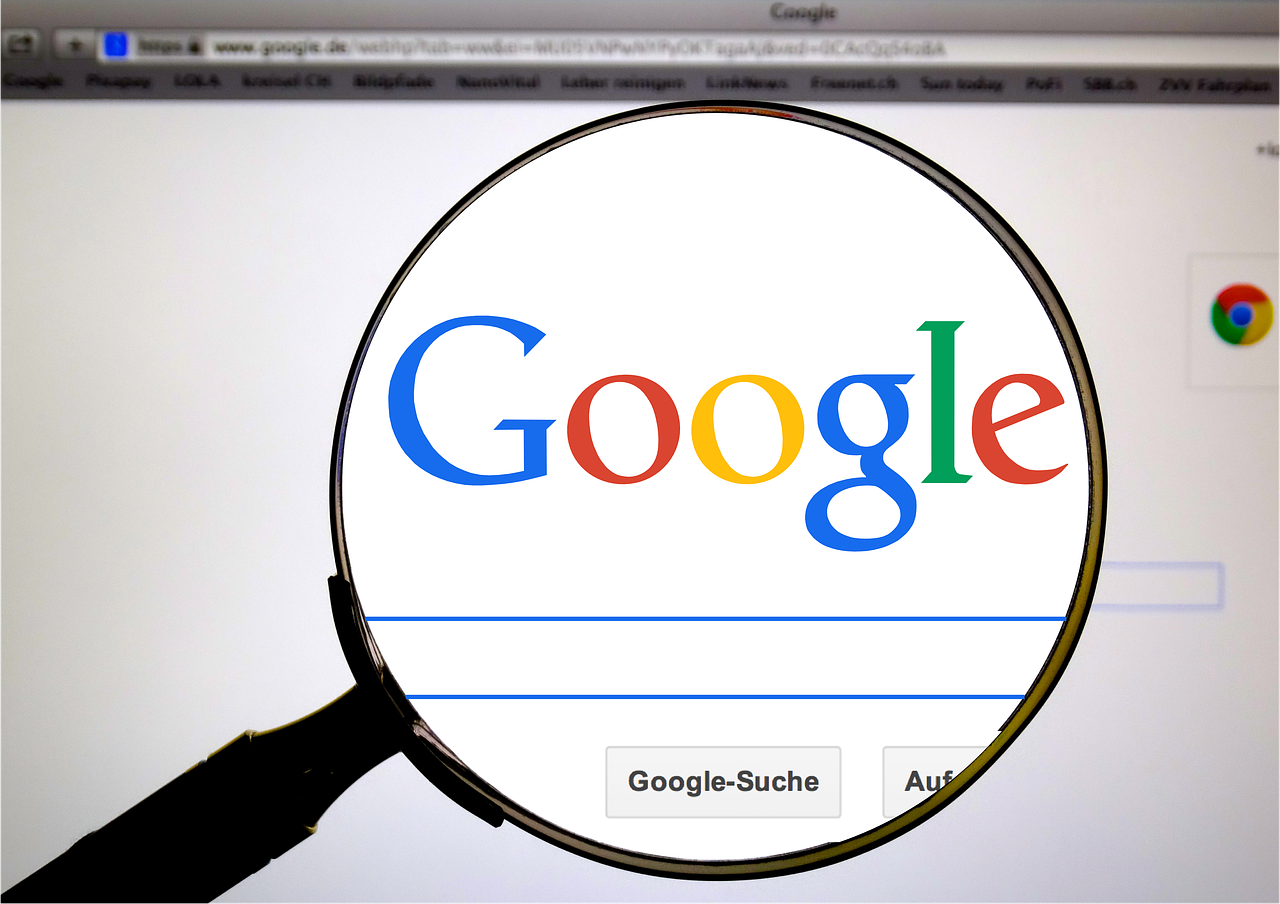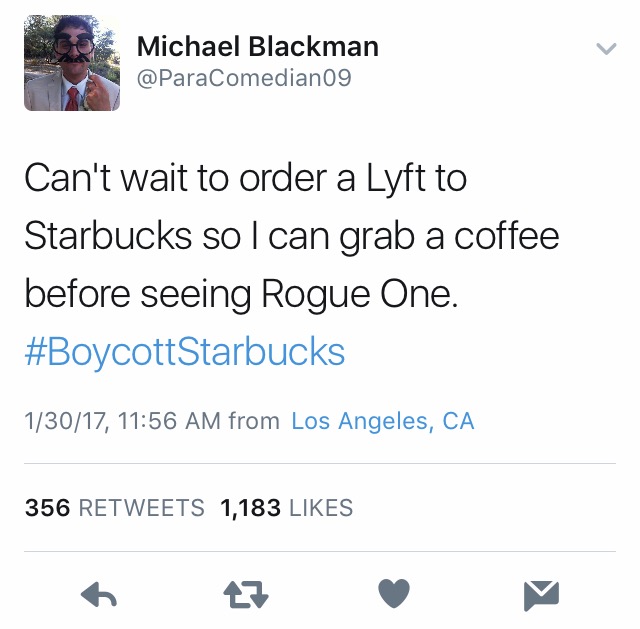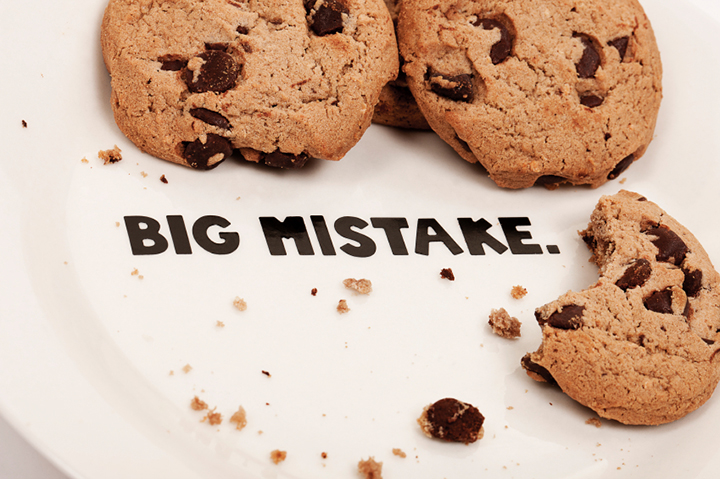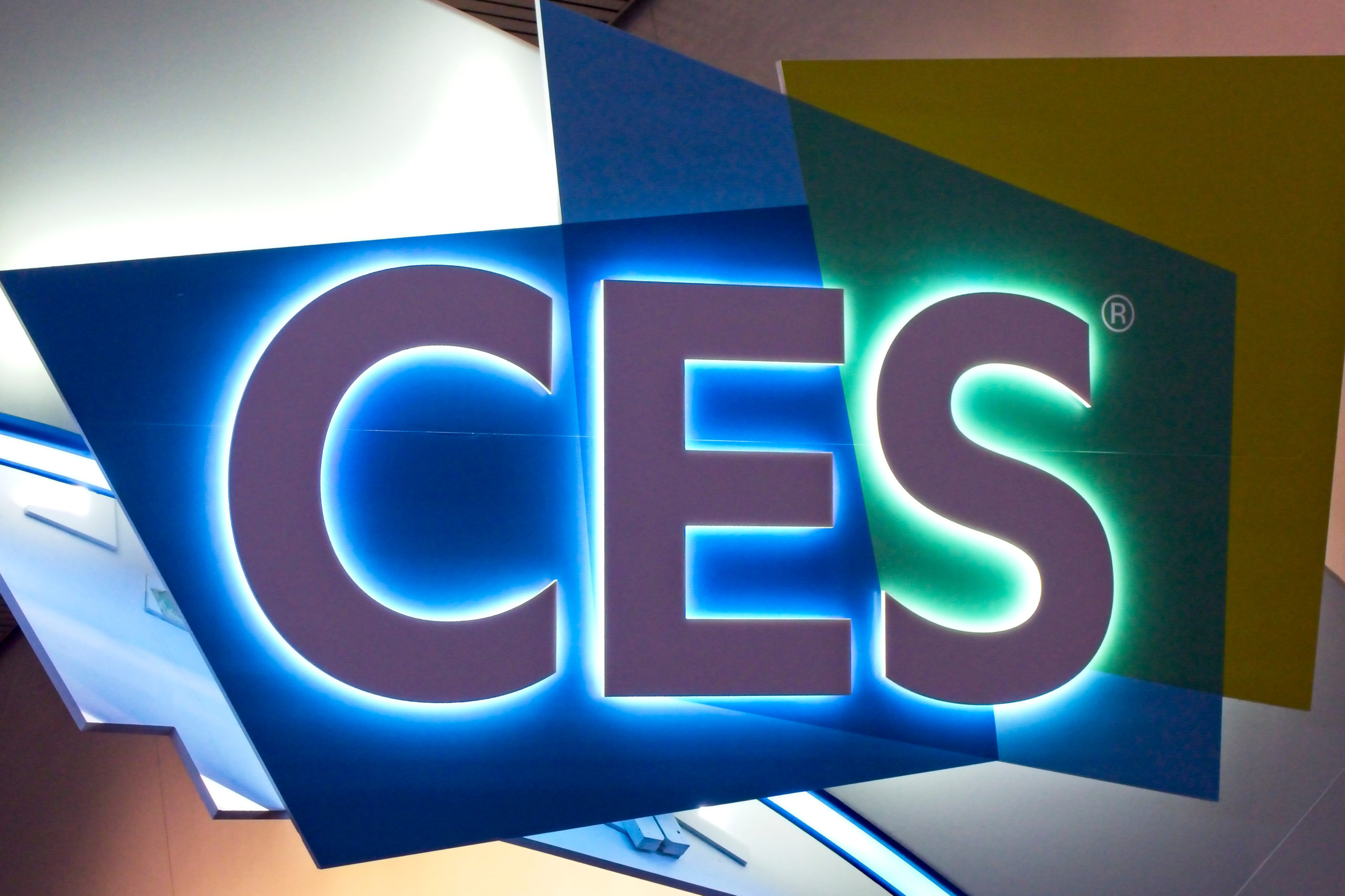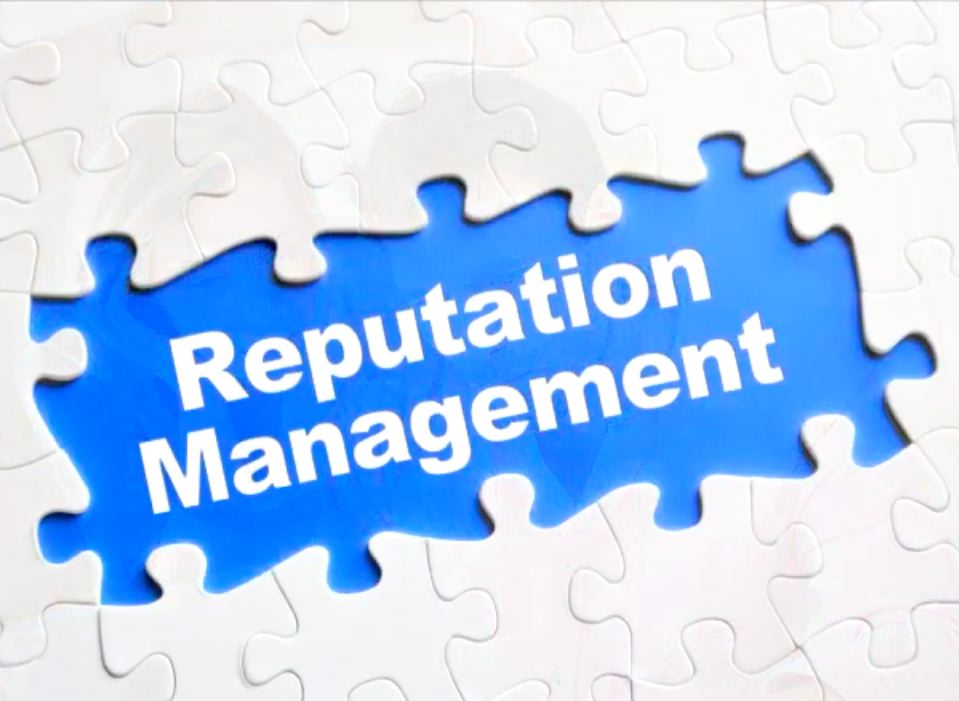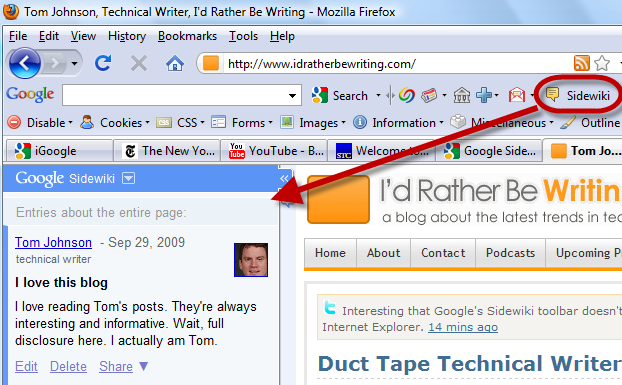Considering he is “one of the most powerful people on the planet,” Google CEO Sundar Pichai has kept a low profile. But this week, after Google had skipped earlier Congressional hearings involving his peers at Twitter and Facebook, Pichai had his high-stakes moment. And in PR terms, he may have dodged a bullet.
No wonder Google’s PR team was wary of his appearing before the House Judiciary Committee. The hearing offered a golden opportunity for members of Congress to grill Pichai on a host of issues — data privacy, Google’s use of location data in advertising, hate speech on YouTube, or its controversial experiments with a government-censored Chinese search engine, among others.
Fortunately for Google – and maybe unfortunately for the American public – the hearing’s headlines and video bites were largely about the tech illiteracy of congressional committee members. It was capped by Rep. Steve King’s question about why a nasty item about him popped up as his granddaughter played on her iPhone (“iPhone is made by a different company,” Pichai responded, looking slightly pained.) The Google CEO was in the embarrassing yet sympathetic position of trying to explain search algorithms to willfully ignorant Baby Boomers. You couldn’t help but feel bad for him.
Google broke the rules of PR and reputation management when it failed to appear at a similar Senate hearing in September. Senate staffers capitalized on its absence by placing a name placard before an empty chair reserved for Chief Executive Larry Page. Conventional PR wisdom dictates that Google would have fared better at a hearing with Facebook and Twitter; there is safety in numbers, after all.
It’s better to be lucky than smart
Yet, the gamble to skip the September hearing may have ultimately paid off. Maybe the attention was greater before the midterm elections, and Google won by waiting for its day on Capitol Hill. And since the September hearings, Facebook itself has weathered fresh reputation assaults. It was rocked by revelations that it hired a PR agency to smear competitors and malign the reputation of George Soros, a fierce Facebook critic. Google may have benefited by separating itself from Facebook. More predictably, it gained advantage because the congressional committee members this week were – surprise! – largely ineffectual and absurdly partisan.
As in past hearings, Republican committee members were determined to browbeat Pichai over what they see as search results rigged in favor of liberals, while Democrats baited their colleagues across the aisle. Only Democratic Rep. David Cicilline drew anything like blood; when Cicilline pressed Pichai about the controversial Chinese “Project Dragonfly” Pichai was cornered into a series of evasive answers about government-sanctioned censorship.
Sure, there were the usual protests, but they were mostly comic relief. TV cameras caught my favorite, the Monopoly man (aka activist Ian Madrigal), in a perfect photo-bomb position directly behind Pichai. But the anti-Google trolling was relatively mild, overshadowed by video like Democrat Zoe Lofgren’s question about why a search for “idiot” results in images of the current president. She was apparently being sarcastic to shame her Republican colleagues for their conspiracist questions, yet it came off as a cheap shot.
Google was also helped by Pichai’s demeanor. Compared to Mark Zuckerberg’s appearance last April, the 46-year-old CEO was mild-mannered, patient and helpful, with none of Zuck’s youthful arrogance or the stilted, overcoached delivery that characterized his remarks. As summed up by Daniel Castro, vice president of the Information Technology and Innovation Foundation, “Google came away unscathed.”
Sometimes it’s not just about top-flight communications strategy and crisis management, but good luck and even better timing.
